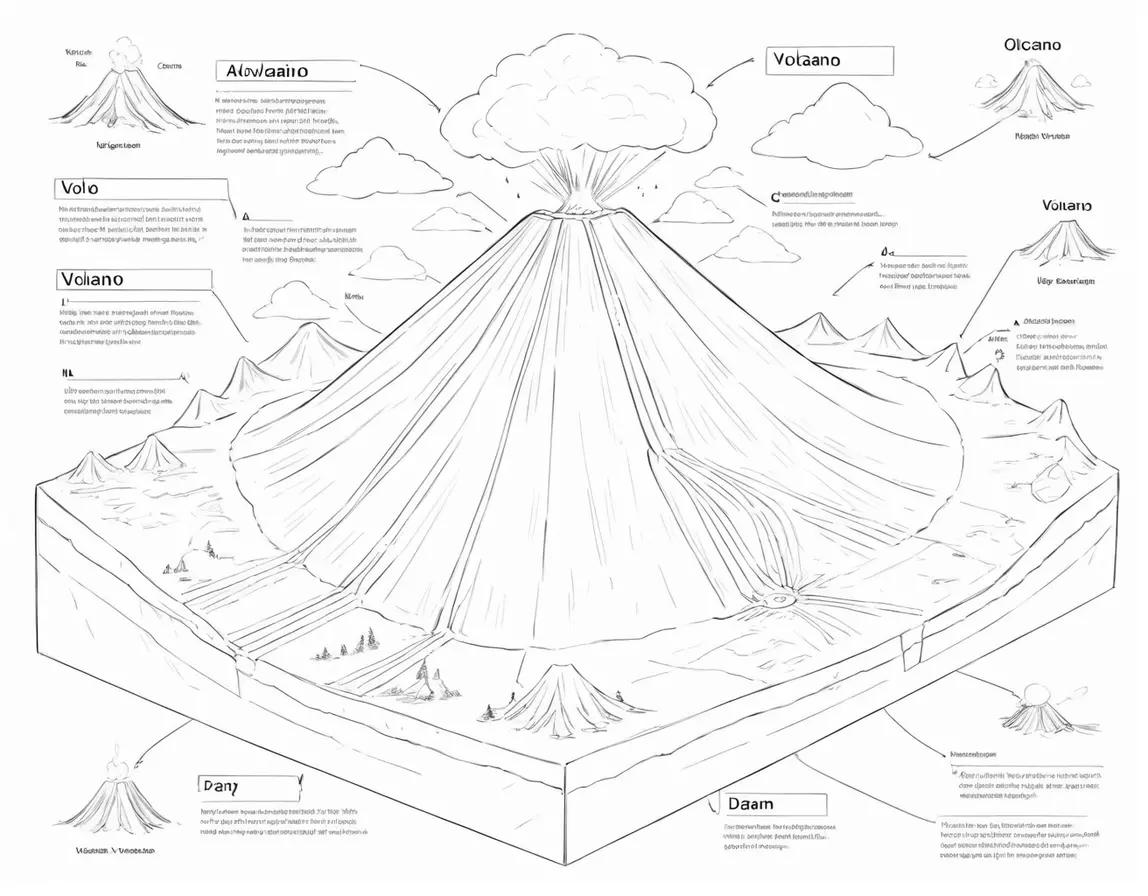
Gases and the Composition of Air
The atmosphere that surrounds Earth is made up of many changing gases, each of which is important for life and many natural processes. This investigation looks into what makes up air and how the gases that make up Earth’s atmosphere interact with each other.
Introduction to Earth’s Atmosphere:
Earth’s atmosphere is a gaseous envelope that surrounds the planet, extending from the surface to outer space. Comprising a mixture of gases, this dynamic layer provides the essential components for life and contributes to the regulation of Earth’s climate.
Layers of the Atmosphere: The atmosphere is divided into distinct layers, each characterized by unique temperature profiles and physical properties. The troposphere, stratosphere, mesosphere, thermosphere, and exosphere collectively form the stratified structure of the atmosphere.
Composition of Air:
Air is primarily composed of nitrogen (N2) and oxygen (O2), which together make up approximately 99% of the atmosphere. Nitrogen constitutes about 78%, while oxygen accounts for around 21%. These two gases form the foundation of Earth’s atmospheric composition.
Trace Gases: In addition to nitrogen and oxygen, the atmosphere contains trace amounts of various other gases. Argon (Ar) is the third most abundant gas, comprising about 0.93%. Other trace gases include carbon dioxide (CO2), neon (Ne), helium (He), methane (CH4), krypton (Kr), hydrogen (H2), xenon (Xe), and ozone (O3).
Water Vapor:
While not a permanent gas, water vapor is a crucial component of the atmosphere. Its concentration varies based on factors such as temperature and humidity. Water vapor can constitute up to 4% of air in humid conditions but is typically around 1% on average.
Role in the Water Cycle: Water vapor plays a central role in the water cycle, where it undergoes processes of evaporation, condensation, and precipitation. This dynamic cycle influences weather patterns, rainfall, and the distribution of water across the planet.
Carbon Dioxide and the Greenhouse Effect:
Carbon Dioxide (CO2): Carbon dioxide is a trace gas in the atmosphere, constituting about 0.04%. Despite its relatively low concentration, CO2 plays a pivotal role in Earth’s climate through the greenhouse effect.
Greenhouse Effect: The greenhouse effect is a natural process where certain gases, including carbon dioxide, trap heat from the sun in the Earth’s atmosphere. This process warms the planet and is essential for supporting life. However, human activities, such as the burning of fossil fuels, have led to an increase in CO2 levels, contributing to enhanced greenhouse warming and climate change.
Ozone Layer:
Ozone is a form of oxygen consisting of three oxygen atoms (O3). While it is a trace gas, constituting about 0.00006% of the atmosphere, the ozone layer in the stratosphere plays a critical role in protecting life on Earth.
Ultraviolet (UV) Radiation: The ozone layer absorbs the majority of the sun’s harmful ultraviolet (UV) radiation, preventing excessive exposure to living organisms on the surface. Depletion of the ozone layer, caused by human-made chemicals like chlorofluorocarbons (CFCs), poses serious threats to health and ecosystems.
Air Pressure:
The atmosphere exerts pressure on the Earth’s surface due to the gravitational pull on the gases. This atmospheric pressure decreases with altitude. Standard atmospheric pressure at sea level is approximately 101.3 kilopascals (kPa).
Barometers: Barometers are instruments used to measure atmospheric pressure. Variations in atmospheric pressure are indicative of weather changes, with high pressure associated with fair weather and low pressure linked to stormy conditions.
Human Impact on Atmospheric Composition:
Human activities, particularly the burning of fossil fuels, deforestation, and industrial processes, release large quantities of greenhouse gases and pollutants into the atmosphere. This contributes to climate change, air pollution, and alterations in atmospheric composition.
Increased concentrations of pollutants, such as nitrogen oxides (NOx), sulfur dioxide (SO2), and particulate matter, degrade air quality and have detrimental effects on human health, ecosystems, and visibility.
Monitoring and Research:
Scientists employ various tools, including satellites, ground-based stations, and research aircraft, to monitor and study the composition of the atmosphere. Continuous research helps understand atmospheric dynamics, track changes, and develop strategies for mitigating environmental challenges.
Global Collaboration: International initiatives and agreements, such as the Kyoto Protocol and the Paris Agreement, aim to address global environmental challenges by coordinating efforts to reduce greenhouse gas emissions and promote sustainable practices.
Future Challenges and Sustainability:
Addressing climate change requires global efforts to reduce emissions of greenhouse gases, transition to renewable energy sources, and implement sustainable practices in various sectors.
Sustainable Practices: Embracing sustainable practices, including energy efficiency, afforestation, and waste reduction, is crucial for maintaining a healthy atmosphere and ensuring the well-being of future generations.
The composition of air is a delicate equilibrium of gases that sustains life on Earth. Understanding the dynamics of the atmosphere, the impact of human activities on atmospheric composition, and the interconnectedness of global systems is essential for developing strategies to protect and preserve the breath of life that



















